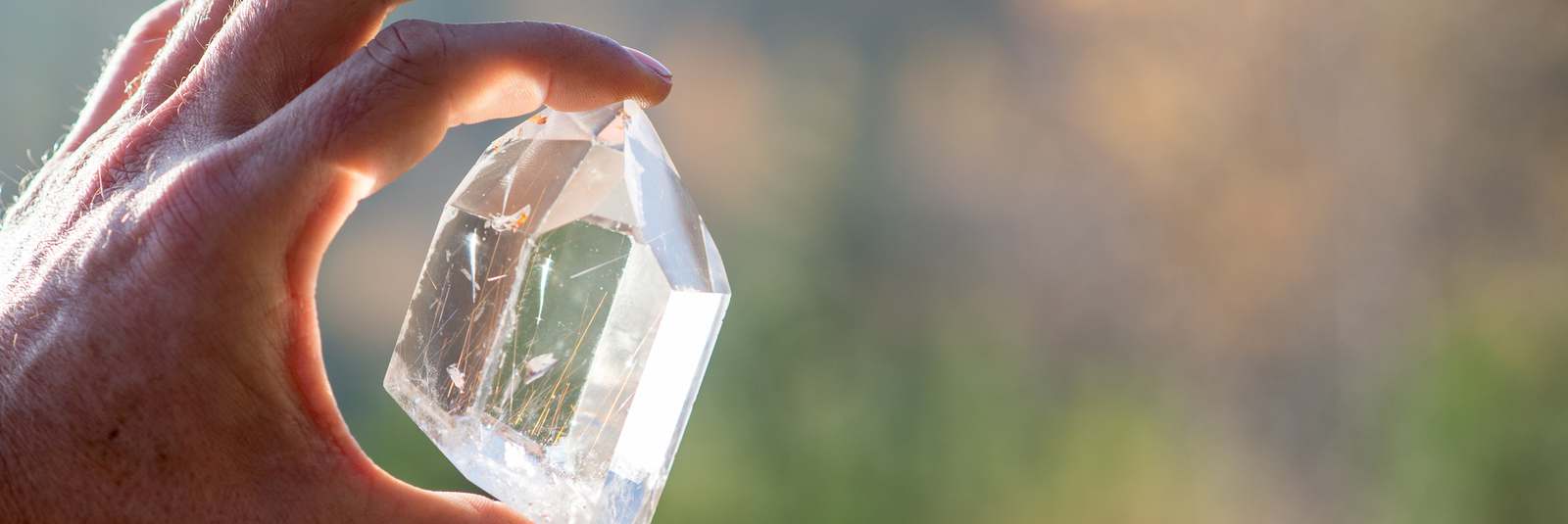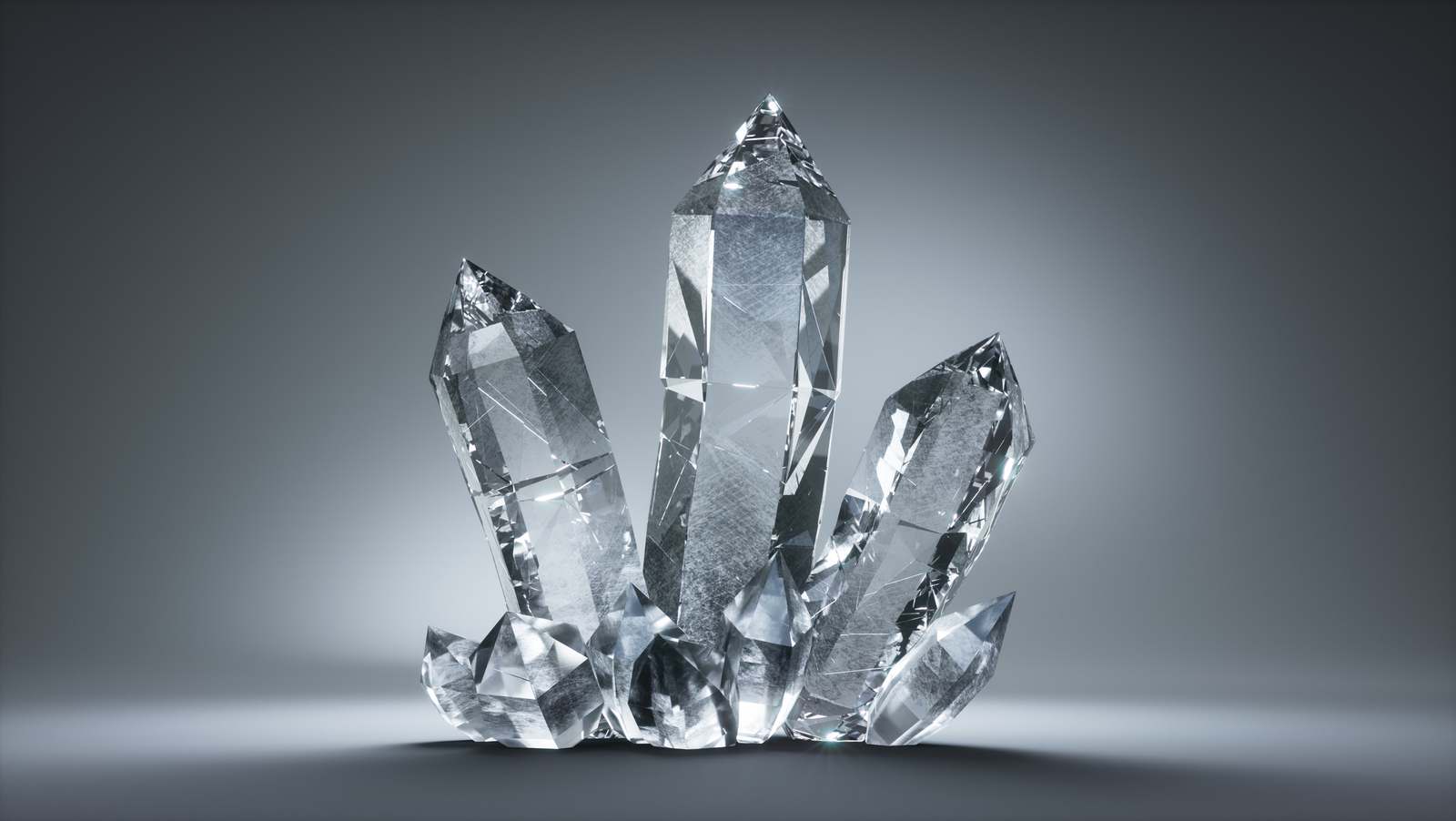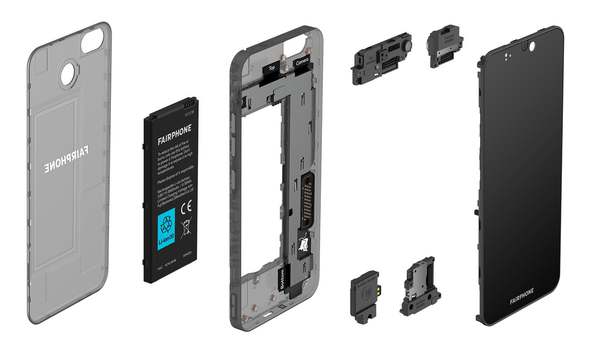
MEMS Vs Quartz
This article is from the CW Journal archive.
Since the valve replaced the relay and the transistor the valve, we’ve become used to the idea that electronic devices don’t have moving parts inside. But phones, computers and other electronic devices do have moving parts – it’s just that they move very little. There are two types of moving parts: crystals and microelectromechanical systems (MEMS), and in phones piezoelectric filters are still an essential component in the radios.
Many people believe that quartz has supernatural properties and that laying crystals on your body has mystical healing properties. Despite their belief in doubtful health benefits, they are right when they say that quartz has special properties. If you cut a crystal correctly and apply an alternating voltage to it at its resonant frequency, the quartz will vibrate – and it does so with fabulous reliability and accuracy and low loss. Doing more than give New Agers a buzz, it allows us to make watches, computers and mobile phones.
Quartz translates electric field into movement, and movement into field, through the piezoelectric effect. Quartz can even give off a spark when squeezed hard. It’s not a new discovery, quartz crystal resonators have been used to stabilize and control radio frequencies since the early 20th century. These effects are much more reliable with pure, grown quartz rather than naturally occurring. The great thing about quartz resonators is that they have very low loss – or high “Q” – and low sensitivity to temperature.

While, as Douglas Adams correctly pointed out in The Hitchhiker’s Guide to the Galaxy, “the secret is to bang the rocks together, guys”, things need to be a little more precise in an electronic circuit. Electrical charges are created at right angles to the direction of strain, and an electric field applied along this direction will cause a mechanical strain in the material. The upshot of this is that a carefully cut sliver of quartz placed between two electrodes will vibrate strongly when an alternating current is applied which is at the same frequency as the crystal’s natural resonance. The closer the frequency of the applied voltage to the natural resonance of the wafer, the greater the current through the crystal and, by choosing the natural resonance through the dimensions of the crystal, frequency can be controlled precisely.
To produce a quartz crystal resonator, synthetic crystals are grown under controlled conditions to make them extremely pure. These are sliced into wafers, the angle of the slices determining the frequency range and other characteristics such as temperature sensitivity of the resulting resonator. The orientations are standardised and termed the ‘crystal cut’ and most resonators produced in the world today use the AT cut. (Though 32,768 Hz watch crystals, probably made in higher volumes, use the XY cut.)
Good things come..
This accelerometer is less than a cubic millimeter as a packaged part. Smaller than a grain of sand it can’t be placed on a circuit board by hand.
Gary Ramsdale, managing director of AEL Crystals which designs quartz-based components, explained to me that a crystal can also be operated in a “shear mode”. In this they resonate at mechanical overtones, or harmonics, of the fundamental frequency, allowing higher frequencies to be generated than would otherwise be possible (because the crystal would be impractically small). Using this technique frequencies of up to 250MHz can be produced. This can be an economical alternative to adding circuitry to multiply the frequency in some cases (for example it was widely used in early UHF walkie-talkies). But overtone crystals are more expensive and less reliable, so for many applications it’s better to operate in fundamental mode and multiply the frequency in the electronics – for example most processor chips incorporate a PLL to generate perhaps a 2 GHz clock from a ~40 MHz crystal reference and in modern transceivers frequency synthesisers are ubiquitous.
AEL Crystal, based in Redhill, is a fabless design company that works with device manufacturers to produce bespoke components balancing seven key parameters, including size, cost and durability. These things are small, the smallest package being 1.6mm by 1mm and the crystal within 0.6mm by 0.6mm. Packages are unlikely to get any smaller as there is a limit on the size of crystal which can be made to vibrate.
|
DO YOU HAVE A VIEW ON THIS SUBJECT, OR RESPONSE YOU'D LIKE TO SHARE? |
The crystals in a phone or computer are like those in a quartz watch and provide the clock for the processor. But it’s not just the processor that has a crystal, devices often have separate modules for things like Wi-Fi, Bluetooth, Zigbee, and Ethernet.
That’s a lot of extra components in a device and space is precious in a mobile phone. This is where MEMS come in.
A typical MEMS application in a phone is the accelerometer which can sense which way is up by using set of microscopic balanced levers – but MEMS can also be used like tiny tuning forks as resonators and have the potential to replace crystals. What’s more exciting is that MEMS can be made of silicon and, in theory, an oscillator could be built into the processor chip, something that is impossible with quartz. Not only would this help reduce the component count and size of the phone internals, MEMS use less power than quartz and this matters at the milliwatt level. MEMS also have implications for two of the fastest growing areas of technology: 5G infrastructure and automotive. Both can be harsh environments and MEMS parts are less sensitive to shock and rapid temperature changes than quartz.
The manufacturer SiTime has a wide range of MEMS oscillators which are drop-in replacements for crystal solutions, but that doesn’t mean MEMS can totally replace crystals. Shaun Mellors, operations director at AEL Crystals says that five years ago his company was worried that time was up for quartz and started working with MEMS companies. Since then, quartz has become much cheaper and MEMS has moved upmarket. Now the company lives in both camps because a quartz resonator costs less than 10 cents while a MEMS solution can be three times as expensive. This may not matter in high-cost devices where reliability is paramount, such as a mobile phone base station, but for devices such as a phone or watch a few cents matter. MEMS are likely to lead the way in applications like military and space use.
Today, Mellor no longer forecasts the imminent demise of monocrystalline quartz – perhaps what he needed was a crystal ball?
|
GET CW JOURNAL ARTICLES STRAIGHT TO YOUR INBOX Subscribe now |
To contact the CW Journal editorial team, please email them here.











